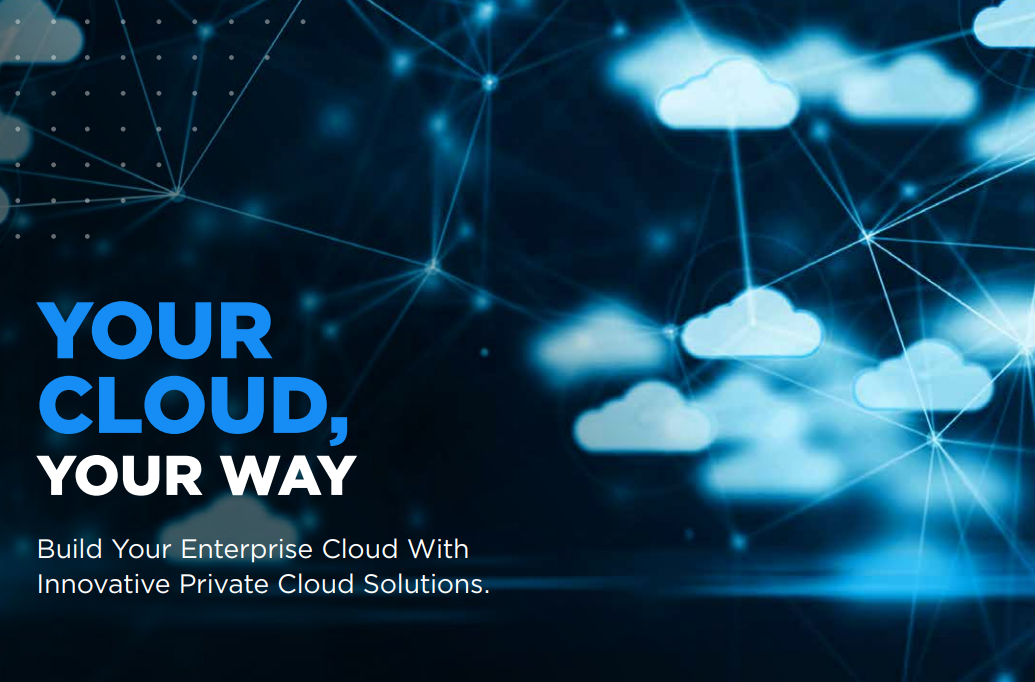Why enterprises are moving back to on-premise data centres
The initial cloud-rush is being undone as more and more firms revert workloads to on-premise

Enterprises are increasingly switching back to more traditional servers, with a Nutanix report finding 85% of respondents are moving up to half of their cloud-based workloads back to on-premise hardware.
This shift in strategy is attested to by the emerging dominance of the hybrid cloud model, which incorporates and balances the benefits of both cloud computing and existing on-premise data centres.
On-premise data centres
On-premise servers are the traditional form of data centre, allowing organisations to capture benefits such as security, control, and performance. On-premise hardware is also reliable and as the only offering to enterprises for decades, is a familiar technology. To compete in today's marketplace, however, all organisations need to leverage cloud applications to a greater or lesser extent. Here, it isn't difficult to foresee limitations.
Legacy environments that may have worked perfectly in the past struggle to manage the complexity of cloud applications. As these issues worsen, teams are forced to spend a disproportionate amount of time tending to infrastructure, meaning less time can be spent serving the applications and services that ultimately improve competitiveness.
Why, then, would organisations choose to return to this restrictive model rather than simply use the cloud?
Public cloud problems
The answer lies with the inadequacies of the public cloud. The public cloud is capable of solving some of the issues caused by on-premise hardware, such as integrating disparate, unconnected infrastructure. Unfortunately however, the public cloud isn't suitable for all types of workload that businesses generally rely upon. There are further drawbacks also.
RELATED RESOURCE

Your cloud, your way
Build your enterprise cloud with innovative private cloud solutions
Typically, the public cloud can be associated with unpredictable costs that tend to stem from limitless resources and egress charges. Even the biggest players in the industry such as AWS and Google Cloud charge egress rates that hold the power to dissuade the most technology-aware of enterprises from diversifying, keeping them locked into their existing cloud service.
Sign up today and you will receive a free copy of our Future Focus 2025 report - the leading guidance on AI, cybersecurity and other IT challenges as per 700+ senior executives
This loss of control extends to how the enterprise approaches securing additional applications and data. Usually, siding with a cloud-provider can equate to embracing monopolisation, with data gravity experienced making migrations hard to fulfil. Additionally, regulatory concerns may persist which further limit where data is hosted. Suddenly, the purported freedom of the cloud, as well as the cost-savings said to develop over the long term, start to disappear.
The hybrid approach
What's needed is a hybrid approach, a mixture of on-premise and public cloud computing that differs from the multi-cloud strategy in which multiple public clouds are included.
Within a hybrid cloud strategy, both public cloud and on-premise elements work in tandem to support the entire range of business needs, bringing about the primary advantage of agility. The rigidity of both on-premise servers and the public cloud is instantly dispelled, as existing data centre architecture is tied together under a common data management strategy that also ensures usability and reduced complexity.
In this sense, the initial cloud rush isn't being undone at all. Instead, digital transformation strategies are simply evolving to better incorporate cloud technology, shifting from all-out cloud to a more practical solution that includes existing, pre-integrated infrastructure. On paper, public cloud workloads are reducing, though in reality cloud technology is becoming more vital than ever. It may be time for your business to follow the trend and embrace the hybrid cloud.
-
 Trump's AI executive order could leave US in a 'regulatory vacuum'
Trump's AI executive order could leave US in a 'regulatory vacuum'News Citing a "patchwork of 50 different regulatory regimes" and "ideological bias", President Trump wants rules to be set at a federal level
-
 TPUs: Google's home advantage
TPUs: Google's home advantageITPro Podcast How does TPU v7 stack up against Nvidia's latest chips – and can Google scale AI using only its own supply?